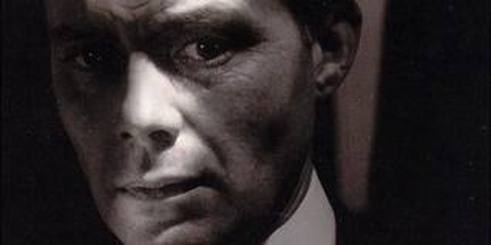 At face value, Basil Dearden's Victim is a rather conventional crime story about a powerful lawyer, Melville Farr, who agrees to defend an old friend, Jack, on a theft charge. While it seems simple enough at first, Farr learns that his friend's thievery was due to blackmail, leading him onto a massive blackmailing scheme. What sets Basil Dearden's film apart though is that Farr's friend, Jack, also happens to also be his ex-lover. At the time of its release, homosexuality was considered a criminal offense in England, yet Victim holds back no punches at showing the absurdity of such a law. As the film progresses we learn that this blackmailing scheme strictly targets homosexuals, whom really have no other option, besides prison, so they to pay whatever is demanded of them. Being only my second exposure to Basil Dearden I am no expert, but he seems to not be the type of filmmaker known for his style but rather his moral intentions. His films are not flashy or stylish, yet they are well crafted and aim to show the viewer problems with our society. Victim was one of, if not the first film to show homosexuals in a normal light. There is no judgement in how they are portrayed in this film, just the average man which was definitely a far cry from the more flamboyant characters common in most films at the time. The interaction between Farr and his wife is probably my favorite aspect of Victim. Farr is clearly a man with homosexual tendencies and even though he cares greatly for his wife, he does not love her in the same way as a heterosexual man. The interaction between these two characters beautifully captures the whole essence of how being a homosexual is not a choice. Obviously there is no law against homosexuality today but Basil Dearden's Victim is a film that unfortunately still rings very true to this day, capturing how fear and lack of understanding of someone different leads to hate. 8/10
0 Comments
 Lauren and Katie couldn't be more different. Lauren is a reserved, young career woman while Katie is brash and irresponsible. The two are polar opposites and past enemies, but when both come up short on funds for their dream apartment a mutual friend re-introduces them and convinces them to live together. While the two endlessly bicker at first, things change when Lauren discovers Katie's job as a phone-sex operator, recognizing a good business opportunity for the both of them. Jamie Travis' For A Good Time, Call.. is a fun, albeit simplistic dramedy centered around the relationship between these two very different woman. For A Good Time is more fun than funny, with big laughs coming few and far between. In fact, the best comedic moments of the film revolve around a string of cameos (Kevin Smith, Seth Rogan, etc).and Justin Long's entertaining portrayal as Jesse, the girl's gay best friend. Hell, I would even argue that Ari Graynor's energetic performance was the glue holding this film together at times. The film's dramatic beats are easily identified with the film lacking enough humanistic insight to make it anything truly interesting or inspiring. It's thematically about being oneself, a novel concept, but one that makes the narrative feel forced at times. For a Good Time, Call is a fluffy, somewhat fun film that lives and dies with its simple concept, being never edgy our smart enough to be anything special. 5.5/10 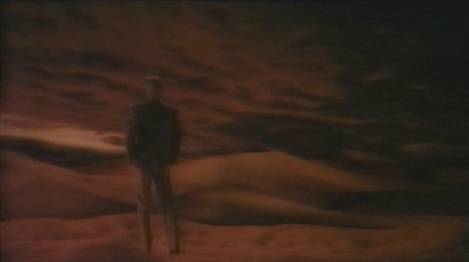 Shou, a young teenage boy, shows little respect for his mother. His dad works long hours leaving him almost entirely in his mothers hands. After Shou's latest bit of disrespect, he leaves for school unaware that he's about to be seperated from his mother for a very long time. During school a strange tornado-like force appears, whisking the school and its students away to this barren desert. Alone and in strange and mystical place, Shou and his fellow classmates must work together to find a way home. Nobuhiko Obayashi's The Drifting Classroom is a child adventure film in the spirit of The Goonies, but being from the director who made Hausu, it's incredibly bizarre, silly and wildly inventive. A film that would likely be classified in the "So bad it's good" genre, The Drifting Classroom features incredibly cheesy special effects, poor writing, and child performances that are borderline laughable and yet I enjoyed this film. The one thing that cannot be denied about Nobuhiko Obayashi's films is that they are truly unique experiences, with inventive ideas and frantic visuals that certainly had to be created on a shoestring budget. Sure, much of the effects look dreadful by todays standards but Obayashi really does everything in his power from a direction and cinematography standpoint to make the film feel as real as possible, given the subpar special effects. The Drifting Classroom is a cinematic oddity, in that it's a film that possesses conflicting ideas. For example, the film relies heavily on children as its lead characters, yet it has a high body count and while the monsters are cheesy by conventional standards, it would most likely terrify most children. Another odd ancedote about the film is how the school, Kobe International, consists of mostly english speaking students and teachers. At first I thought this was a statement from the director about American Imperialism but as the film progressed I began to suspect the filmmakers simply were trying to reach a broader audience. While The Drifting Classroom is abundantly silly, it's ideas are certainly unique and interesting. We eventually learn that these children are caught in Time itself, living in another dimension from their own. With this discovery, Shou goes through a transformation, being to realize how much he loves and misses his mother. Nobuhiko Obayashi's The Drifting Classroom is certainly not high art, but It's hard to not at least be entertained by the unique experience it presents. 7.25/10  Michael Bay is the definition of polarizing, a filmmaker which many moviegoers and/or cinephiles either love or despise. I myself appreciate Bay's brash, masculine style of filmmaking and in my opinion, he is one of the few auteurs working in mainstream action films. With his latest film, Pain & Gain, Bay brings his signature style in telling a much more focused story about three not so bright individuals. While Bay's films have always had their share of comedic relief, Pain and Gain is more comedy than action. Based on a pretty unbelievable true story, Pain and Gain follows a group of bodybuilders, led by Daniel Lugo, whom in the 1990s came up with a plan to kidnap and extort a very successful business man in Miami. Pain & Gain is a highly entertaining film in which we basically watch three not so bright men, falling deeper and deeper down the rabbit hole in pursuit of their "American dream". The strongest attribute of Pain & Gain is without question the world it creates. These three men, especially Daniel Lugo, are vapid individuals who've been convinced they deserve more in life and the film really does a great job at transporting the audience into their understanding of the world. Quite frankly these characters are complete idiots and the film never deviates from their point of view, going all in by showing the world through their eyes. While Pain & Gain certainly lacks the action aspect of Michael Bay's other work, his kinetic style is very much intact and it really fits the character's point of view. The glitz and shine, fame and fortune that these men desire is showcased quite well by Bay's clean and colorful palette. The film does some interesting things from a story perspective, like each character narrating their back-story to the audience, even possessing a slight commentary revolved around the "American Dream" moniker which we all share. This isn't one of the film's strongest attributes, but it certainly doesn't hurt the film either. In the end, Pain & Gain is much like the characters it presents us: Brash, bold, and sleazy, and I couldn't have had more fun. 8/10  Jost's Sure Fire is another film deeply deconstructing rural america in an intimate and draining way. This film is not nearly as impressive on an emotional level as 'The Bed You Sleep In', but I found it to be just as effective in it's analysis of fading, rural america. The character of Wes, a successful real estate agent in Utah, is really a perfect vessel for what Jost wants to accomplish. Wes is a man blind to the world around him, with Jost using him to comment on the rural decay around him as it relates to his own macho posturing. This in fact, ends up making the film all the more tragic at the end of the film. Unlike Bed, this film had a plethora of long monologues which are without a doubt beautiful and peer deep into the soul, but I do think they took away from the films main "story" just a bit. Jost's unique ability to show characters and relationships in a completely genuine way is remarkable to me. One scene that comes to mind is a scene between Wes and Larry's wives, in which we see them dispassionately staring off into the distance, thinking of their hopes and dreams, rotting away with time. While I don't think this film is quite on the same level as 'The Bed You Sleep In', it's still another mesmerizing drama by Jon Jost, which left me in a contemplative state. 8.75/10 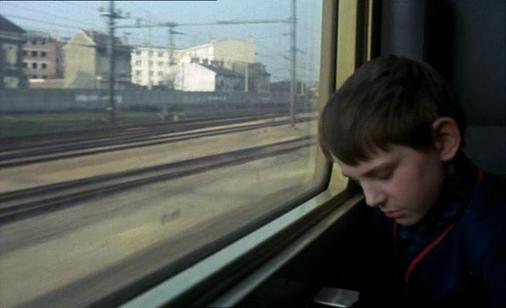 The first film of Maurice Pialat's which I watched (A nos amours) was a film thats artistic merits couldn't be questioned, though it failed to reach me much on an emotional level. Maurice Pialat's Naked Childhood is a piercing view into the life of a troubled youth, Francois. It's a slow moving film in which the story unfolds very naturally as we follow Francois from one foster home to another. The thing that clearly stands out about this film is how it deals with telling a story of a troubled child. There are no cheap thrills whatsoever, rather it just presents the facts of the story as if the camera is just an observer watching Francois every moment. The film never paints the child as anything he is not and is not exploitative in the slightest. A perfect example of this being the relationship which Francois forms with the grandmother. I found these sequences to be incredibly resonant and affectinng, being very important to the film even if they didn't take up much screen time. They really capture how young Francois isn't just evil, but rather a boy with complicated issues - ti's not simply black & whThere are scenes in which Pialat portrays a quiet loneliness in Francious, and I just found this whole thing to be a fair, honest look at troubled youth. 8.5/10 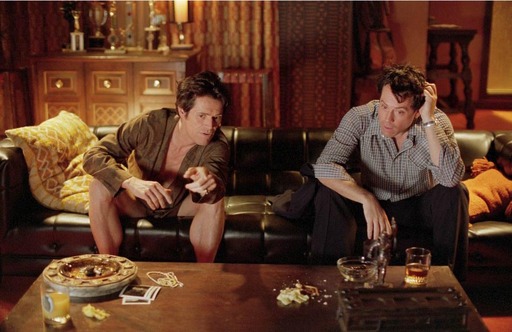 Paul Schrader's Auto-Focus sets its gaze on the life and sordid death of Hogan's Heroes star Bob Crane. A devout family man, Crane lives in Southern California with his wife and two children working as a successful DJ. However, Crane's life beings to change when his agent proposes he take a role on the CBS pilot Hogan's Heroes, which soon after becomes a smash hit. With Crane's new found celebrity he begins a close friendship with audio-visual guru, John Carpenter, which sees them cruising late night strip clubs for tail. Being one of the few times which Paul Schrader didn't write the material he directs, Auto-Focus is a candid look into the double life of Bob Crane, a man whose public wholesome image couldn't be further from the truth. The film is well written, featuring a script that is capable of handling both the witty comedy and dark drama that this film presents. The dichotomy of Bob Crane's life is really the heart of the film with Schrader seamlessly transitioning from Crane the happy family man to Crane the sex addict. One example of this being a sequence where Bob Crane is being interviewed by a Christian publication where he talks about being happily married for 15 years. As Crane talks about how happily married he is, Schrader cuts to a mini-montage of Crane committing adultery with a slew of woman. Auto Focus isn't out to demonize Bob Crane but simply investigate his psyche, with Schrader using some nice surreal and experimental-type moments to capture this man who is torn between his dual lives. The color palette of the film seems to change drastically towards the end of the film going from bright and colorful to a darker subdued color scheme capturing Crane's loneliness and isolation in his later years. Maybe it's just me, but the camera work also seems to be more chaotic towards the end of the film, mimicking Crane's fading grip on reality. While I am not sure it's intentional it's fascinating how the advancements in technology run in correlation with Crane's increasing addiction/obsession with sex. Whether or not Schrader was commenting on technologies impact on the ease of use is debatable, it's certainly an interesting anecdote. When Auto Focus came to an end I couldn't help but wonder how Bob Crane would have felt about this film, considering he is portrayed as man who in the beginning seems to question his morals but soon after begins to live in denial to the point of the audience feeling sorry for him. 8/10 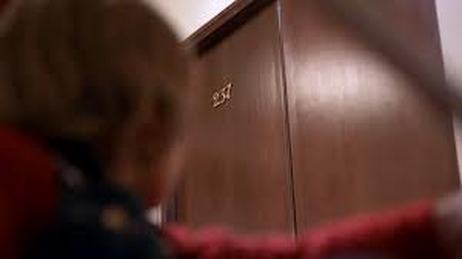 While there is an abundance of films which lend themselves to dramatic interpretation, quite possibly no films have been dissected quite like Kubrick's work. In Room 237, Rodney Ascher sets his sights on The Shining in this fascinating and insightful documentary. Carefully examining The Shining in almost any way you could imagine, Room 237 introduces various far-reaching theories which have been derived from the interpretations of scholars and fans alike. These scholars believe they have decoded the hidden symbols and messages in Kubrick's The Shining with theories ranging from reasonable to borderline absurd. The film's structure is very simplistic, letting these various scholars espouse their theories while the film is rearranged, cut, and/or edited to illustrate their stream of consciousness as much as possible. While all of theories are interesting for me what makes Room 237 so appealing is the notion that an Author's intent is merely only a part of what makes Art so important. For me, Room 237 is a film that is more about the importance of individuals to observe and interpret cinema, with each taking what they want out of it. My favorite films have always been the ones in which people seemingly take different things from, with the directors intention only being a part of the puzzle. With Room 237, I found myself reminded of Kubrick's genius but more importantly the film reminded me why I love art/cinema in the first place. 7.5/10 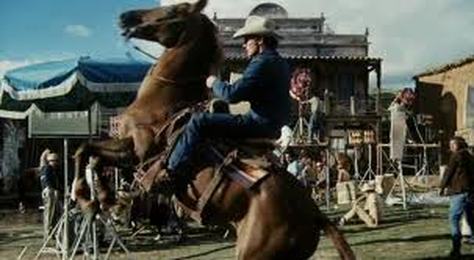 After a Hollywood film shoot wraps its principle photography in Peru, the unit wrangler, Kansas, decides to give up his profession and stay in the village where he begins a relationship with Maria, a local prostitute. Kansas seems transfixed at the allure of an unspoiled existence which Peru seems to provide but it's quickly interrupted when a local priest points out the locals are killing each other re-enacting scenes from the film they just witnessed. Dennis Hoppers' The Last Movie is a challenging, bloated and borderline nonsensical film which has far too many ideas and not enough time to actually explore them. The Last Movie themes vary from American Imperialism, the artifice of filmmaking and how audiences interpret cinema, and a christian allegory, among other themes. With all of these facets the structure of the film is fractured, leading to something to feels more like rambling thoughts, some of which are interesting, than any concise ideas. Early on Hopper uses a barrage of cinematic devices (flashbacks, flashforwards, projectionist cue-marks which look out of place) with the intent to disorient or confuse the viewer. These tactics certainly speak to the artifice of cinema and how it can manipulate the viewer. This coupled with the American imperialism aspect of the story are interesting, but I wish the film was a little more focused on this theme, dumping the others completely. Dennis Hopper's The Last Stand is a certainly a film that is interesting to look at, but it's just too overloaded with ideas to have much of an effect on me outside of questioning how much drugs Hopper was on when he made it. Though, I could certainly make an argument that Hopper's bloated film of ideas is still far more interesting than most cinema. 5.5/10  In Workingman's Death, documentarian Michael Glawogger travels all over the world in an effort to turn his camera on men who work countless hours in the most deadly yet necessary jobs day after day. Being split into five segments, the film attempts to capture a day in the life of these individuals who have not benefited from the advancement in technology. The first segment is set in the Ukraine, where we follow a group of coal miners who work in a 16-inch tall mineshaft where working conditions are simply unbelievable. The next segment takes place in Indonesia, where Sulfur miners work under extremely grueling conditions out of necessity for their family. From there we travel to Nigeria where we witness an open slaughterhouse in a segment that is certainly not for the faint of heart. The final two segments consist of migrant workers in Pakistan whom disassemble enormous oil tankers piece by piece, and steel workers in China. While the stories which make up Workingman's Death take place all over the world, the film is universal in portraying how these men's bodies are ravaged by manual labor, while also capturing their determination to endure and provide for their families. Glawogger takes his time in each segment, studying the workers' routine while also capturing the typical lifestyle they lead. He spends equal time capturing the environment and the people who live in it, which put together give the film a truly immersive look into each of these unique, and quite frankly terrifying professions. Michael Glawogger's Workingman's Death is a film that doesn't stray away from presenting these professions with a truthful lens, creating a truly immersive and mind-boggling experience. 8.5/10 |
AuthorLove of all things cinema brought me here. Archives
June 2023
|
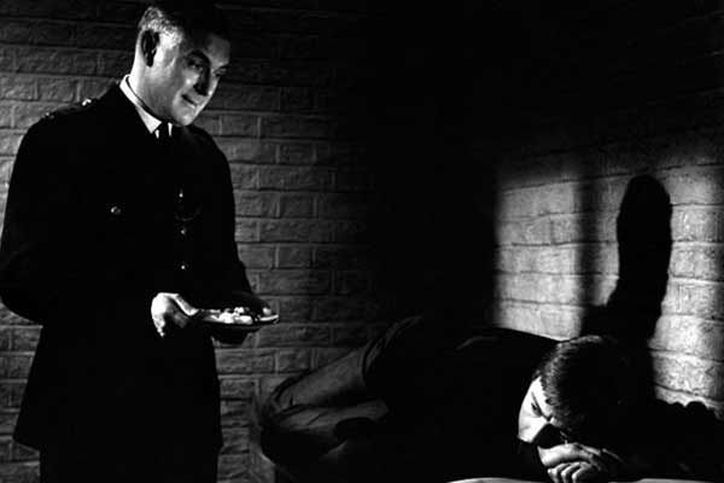
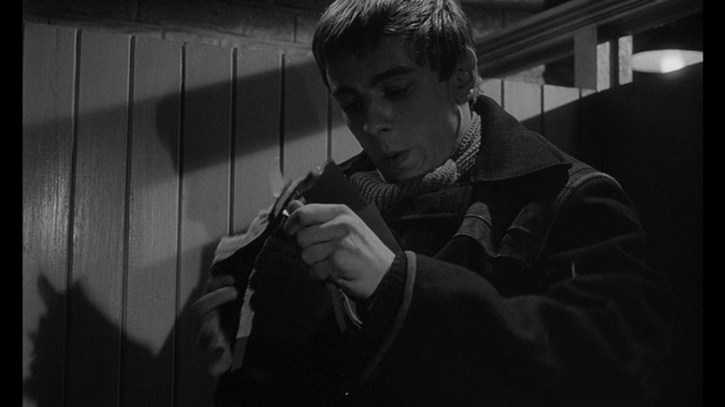
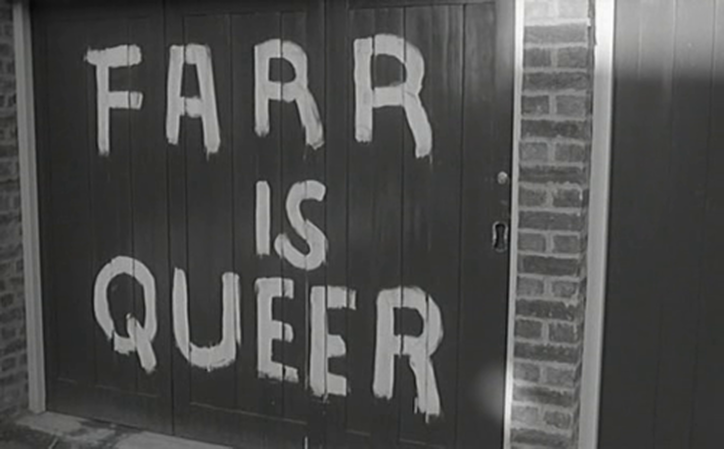
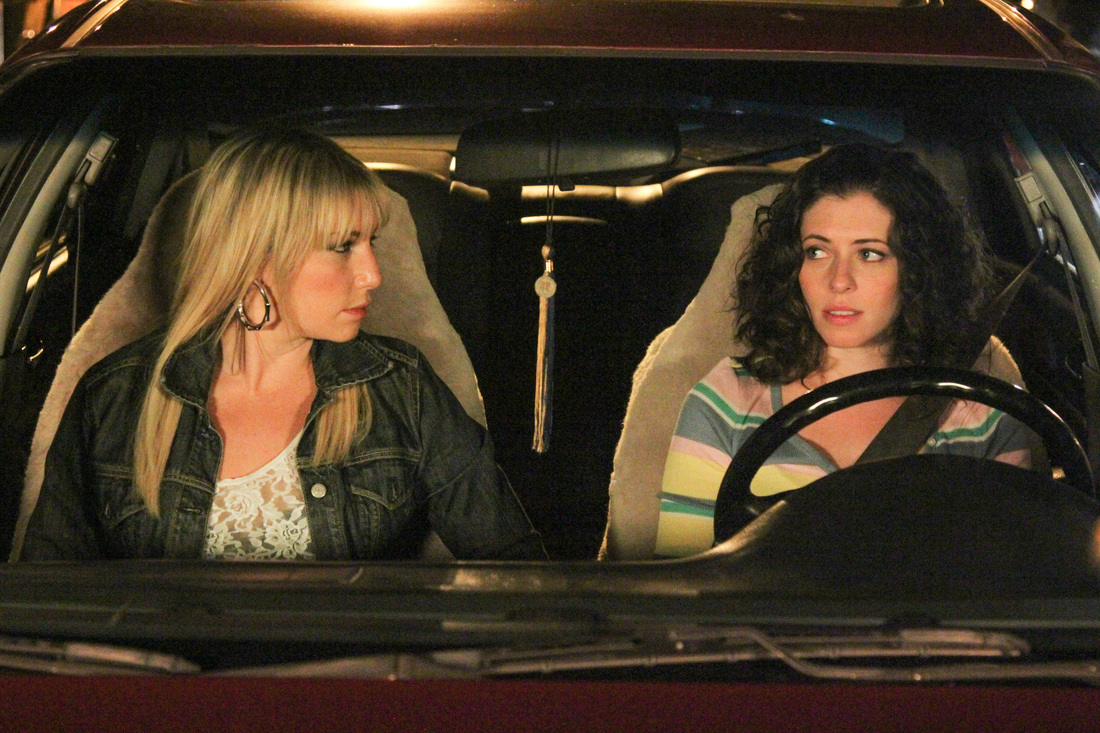


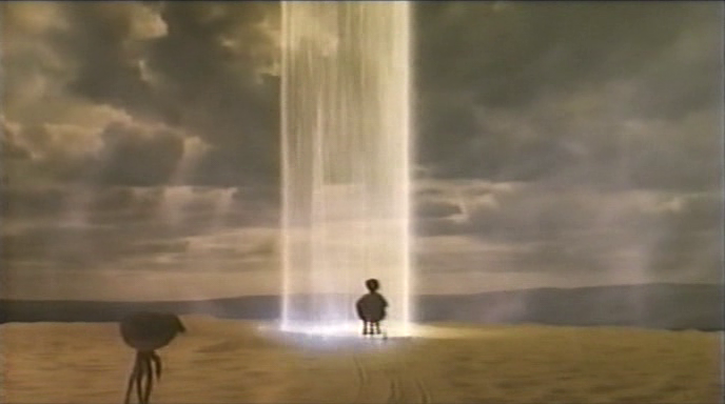
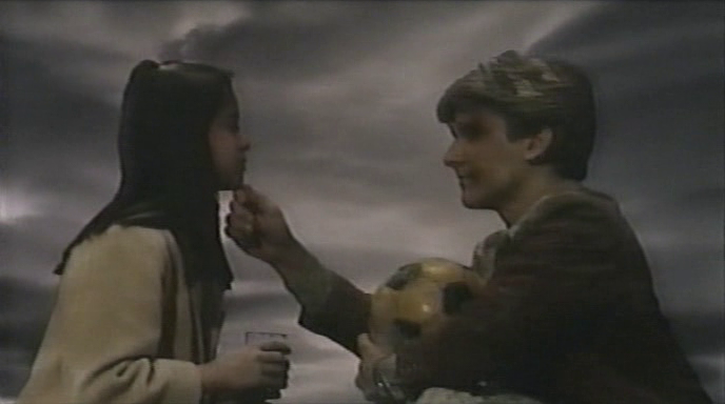
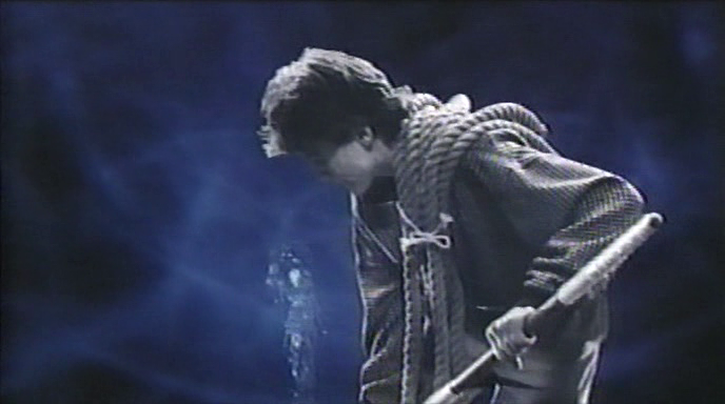
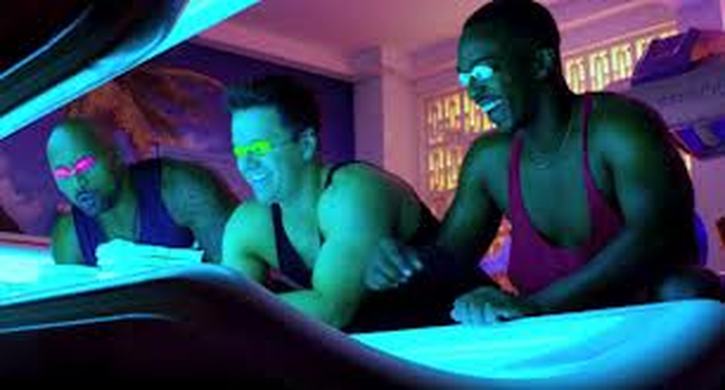
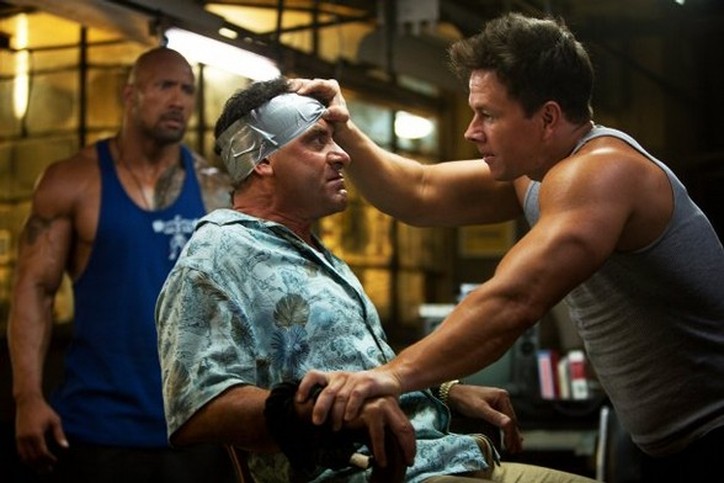
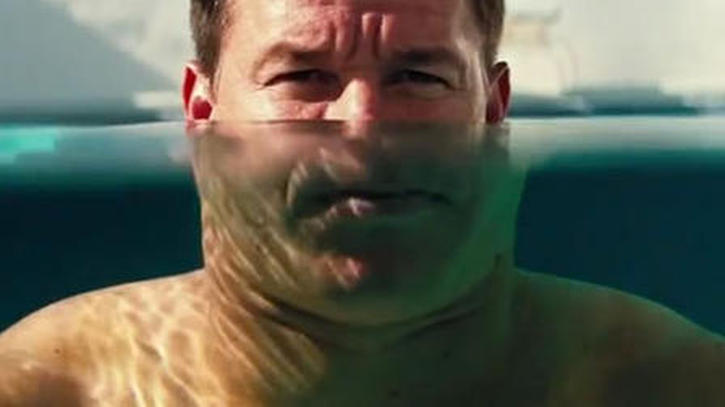
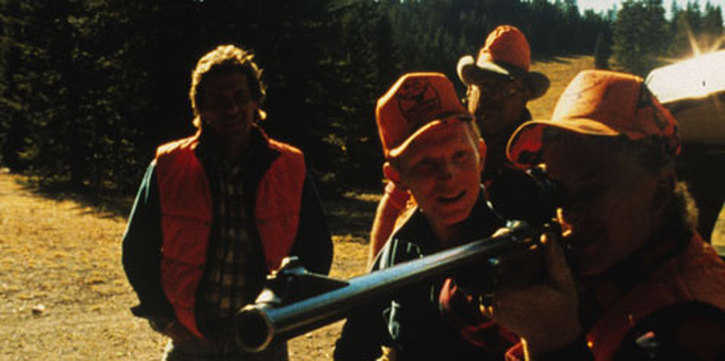

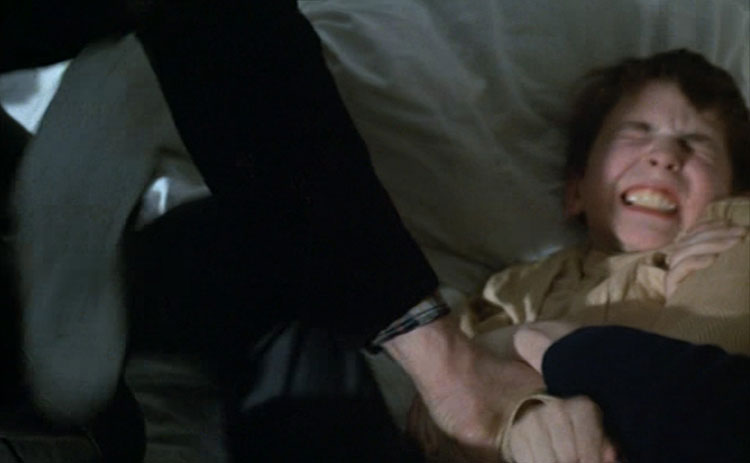
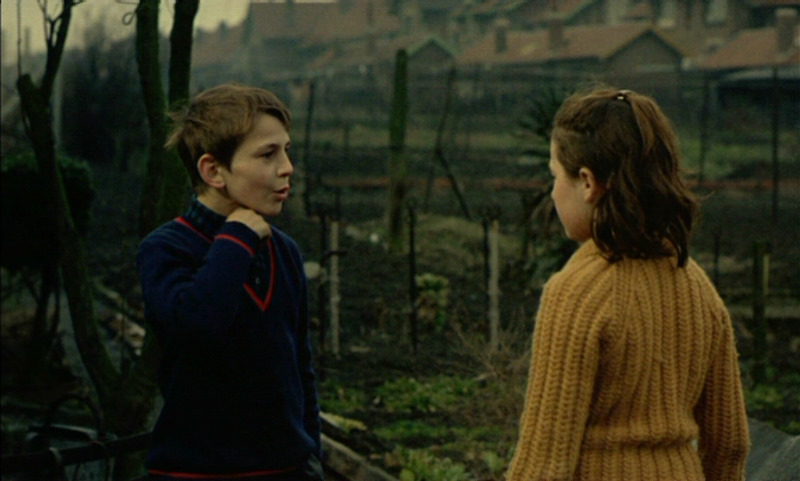
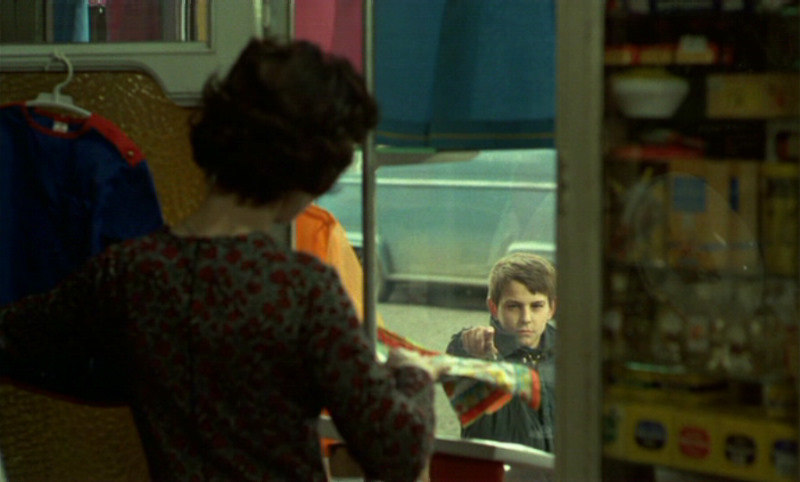
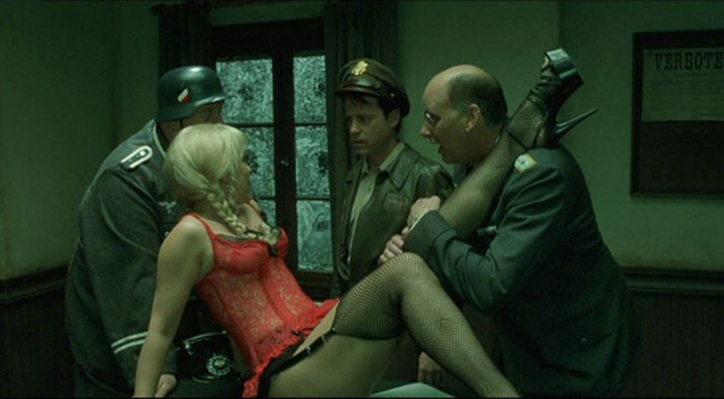
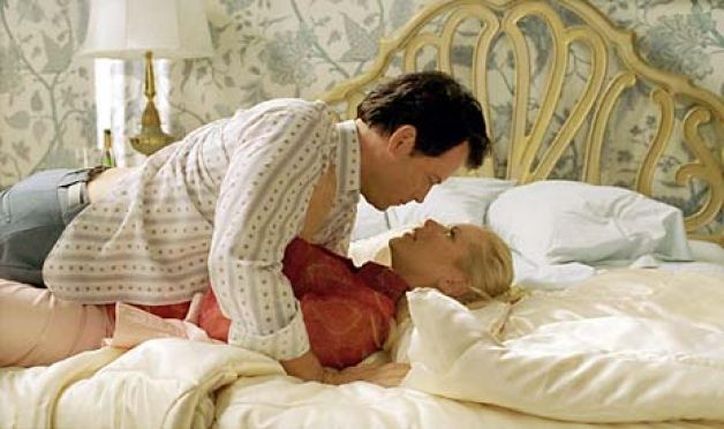
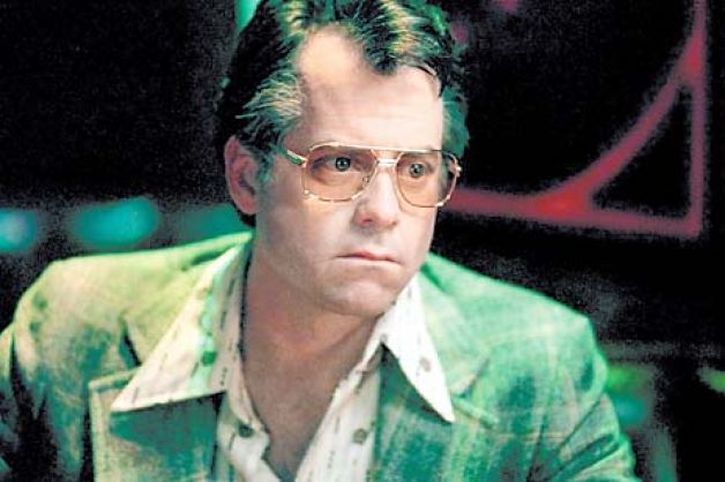

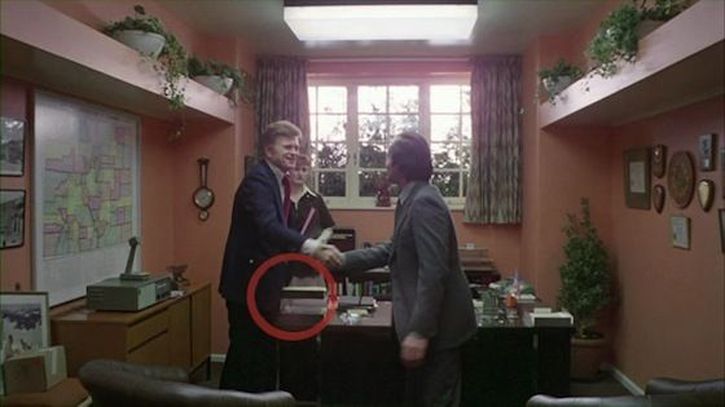
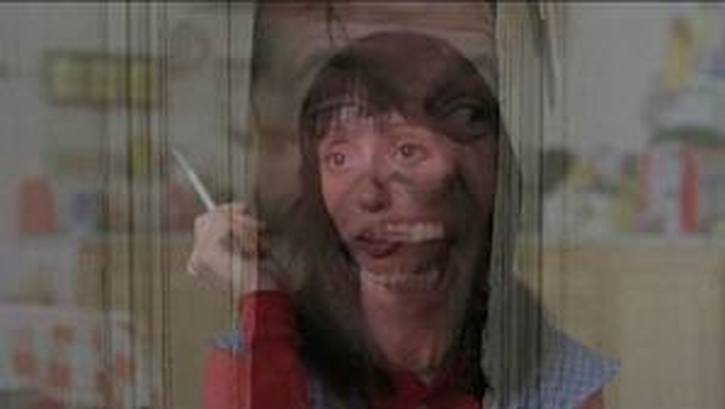

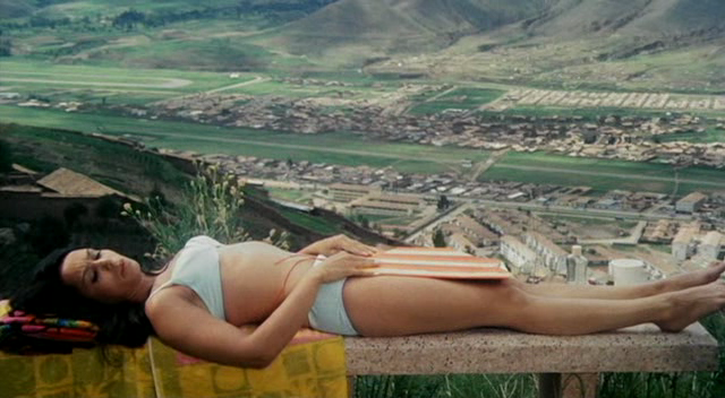
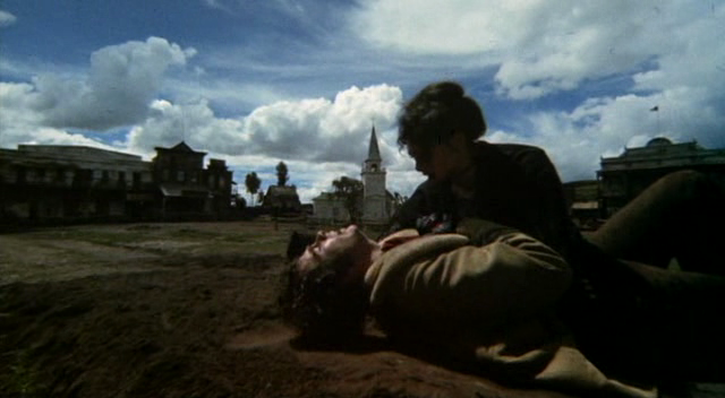
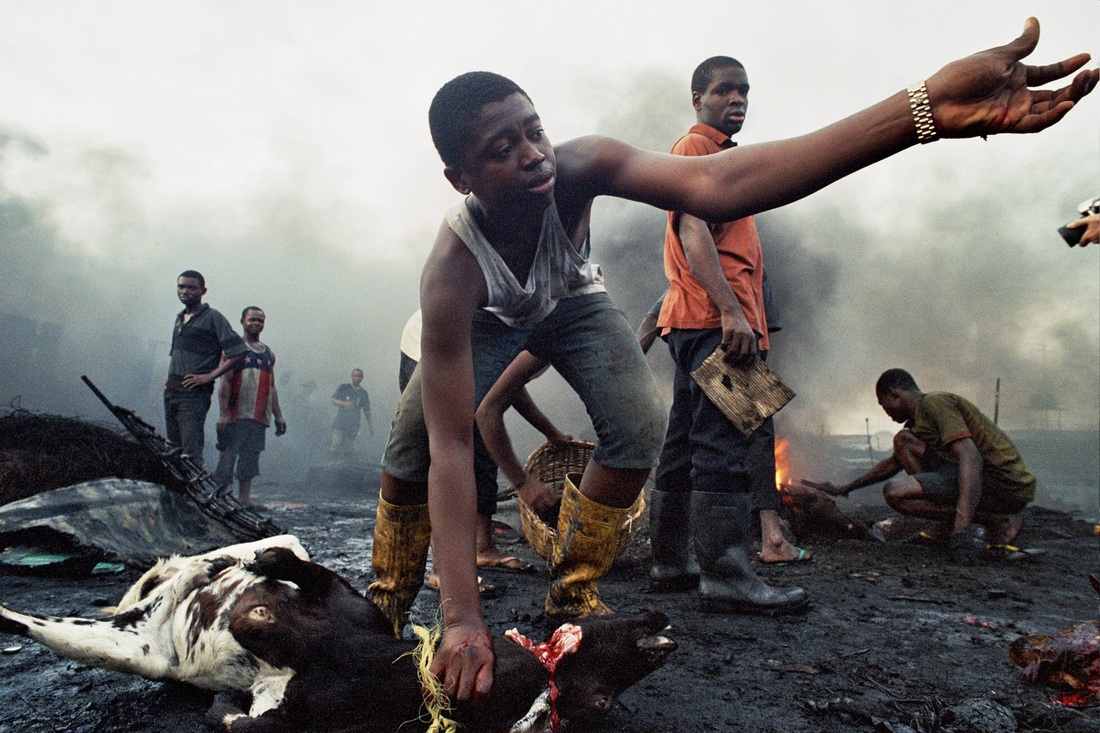
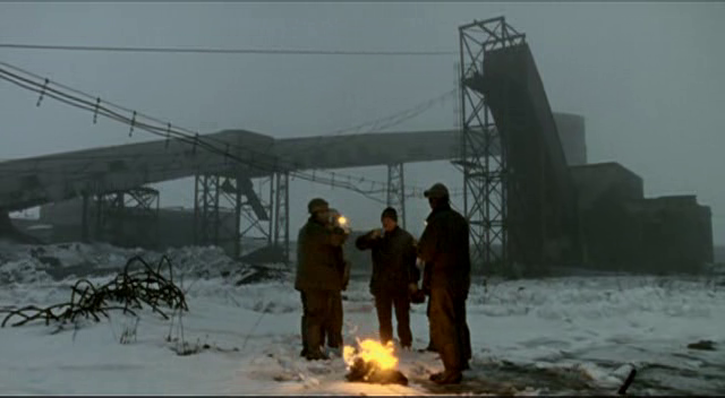
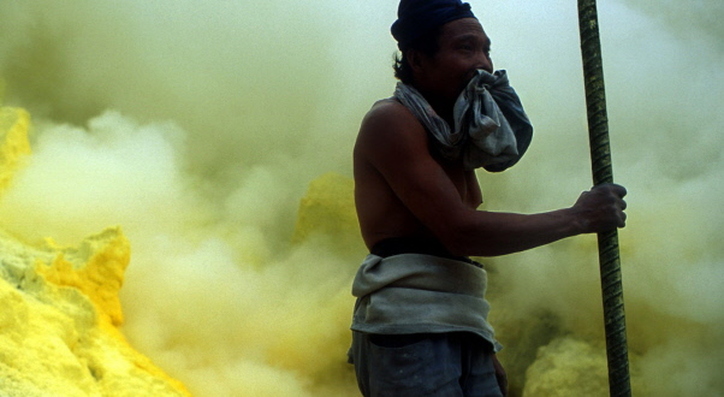
 RSS Feed
RSS Feed
